This year, Apple didn't reserve its best new features just for its iPhone 16 Pro lineup. The iPhone 16 and 16 Plus were the two new models to benefit from the most improvements. This is good news, as this lineup is often preferred by users, thanks to its more affordable price.
After six months of daily use, we're able to give you slightly more precise feedback than with a traditional test, which is more focused on testing pure performance. For this long-term review, which assumes a certain subjectivity, we have therefore focused solely on giving you our feelings about the benefits (or not) brought by the new features highlighted by Apple.
An Action button that has become indispensable
The arrival of the action button on the "entry-level" models of the iPhone is undoubtedly the best idea that Apple could have had. This small button, introduced for the first time with the iPhone 15 Pro, sits on the left edge of the device and proves extremely practical on a daily basis.
As a reminder, the Action button allows you to carry out, after a long press on it, a predefined action. You can use it to turn on the flashlight, activate silent mode or focus mode, quickly record a voice memo, or even launch a command from the Control Center. This button can even do much more than that. If you have some familiarity with Apple's Shortcuts app, you can configure it to run any shortcut you've created.
The Action button is so practical that you wonder why Apple waited so long to integrate it into its iPhones. This addition could nevertheless become even more practical if Apple decided to introduce new gestures (single click, double click, or even triple click) to quickly launch different actions.
More broadly, Apple could even increase the number of customization options of this type for all the physical buttons on the iPhone. Let's keep our fingers crossed that future models (and especially future versions of iOS) will offer this type of customization option.
A mixed review for the Camera Control
The other big new feature of the iPhone 16 (and 16 Plus) is the arrival of a new Camera Control button. Much more than a simple shutter release, the camera control has several uses. You can first use it to quickly launch the camera or video camera, obviously, but also to zoom, by sliding your finger from left to right, and vice versa. The button also offers an intermediate pressure level that, with two light presses, allows you to switch from one shooting setting to another.
On paper, this new button is a pretty good idea. And it's clear that beneath its apparent simplicity, this improved trigger is far more complex than it appears, given the features it offers. However, in everyday use, its use remains completely standard. It will most likely be used to quickly launch the camera, but probably much less to adjust settings.
Because, unless you've gotten used to it enough to master it perfectly (which is clearly not the case for us), you rarely use it. Its use is supposed to allow you to adjust the settings of your shot quickly, without having to navigate through menus. But in reality, it wastes more time than anything else.
But it's its very positioning on the edge of the device that can be annoying, especially on the iPhone 16 Plus. On this model with a large 6.7-inch screen, for example, the button is too far from the corner of the device. This may be subjective, but with small or medium-sized hands, accessing the button remains quite complex due to the lack of an index finger long enough to reach it.
It is indeed difficult to hold the device correctly and comfortably use the camera control button. A placement a little closer to the bottom corner of the iPhone would probably have been more judicious to facilitate its use.
Apple Intelligence, an anecdotal new feature
Last year, Apple officially presented its artificial intelligence, Apple Intelligence. Deployed with iOS 18 (with a slight delay in Europe), Apple Intelligence is reserved for certain iPhone models. Thus, only the iPhone 15 Pro and 15 Pro Max, and all devices in the iPhone 16 range were eligible.
Were the long months of waiting to access Apple Intelligence's features really worth it? The answer is clearly no. Have we been using Apple Intelligence frantically since its release in France at the beginning of April with iOS 18.4? The answer is still no.
The majority of Apple's AI functions remain, in our opinion, fairly anecdotal. Image generation with Image Playground is of very little interest, as are Genmoji. We play with it quickly, then once the smile of discovery fades, the page is turned, and we never come back.
Visual Intelligence can quickly help you launch a visual query, but frankly, Google Lens (on which Apple Intelligence is based) already offered it long before Apple.
Photo editing, especially the module based on Apple Intelligence that erases unwanted objects in images could have been very useful. But here again, the poor results it offers make it a feature that is better forgotten, at least, for now.
Fortunately, Apple Intelligence's writing tools, the most useful feature of Apple's AI, raise the bar a little. But it still hasn't been enough to make us adopt them.
Still wondering whether you should ditch your old iPhone for an iPhone 16 to finally access Apple Intelligence? Change your mind and hang on to your device for a little longer. You'll save money and avoid unnecessary disappointment.
An iPhone stuck in its photography skills
Let's be very clear: the quality of photos captured with the iPhone 16 (or 16 Plus in our case) is very good. But it could be even better. As long as you don't need to zoom in on anything, everything is fine. However, when you start zooming beyond the 2x optical zoom, the result is catastrophic. Because Apple still hasn't seen fit to include a telephoto lens, which is reserved exclusively for the Pro models. The iPhone 16 does offer up to 10x digital zoom, but the results are clearly not worthy of a device priced more at the high end.
On an entry-level smartphone, this would be perfectly justified. But on an iPhone 16 at around 1000 (1100 euros for an iPhone 16 Plus), this is clearly not acceptable. Especially since the competition offers better. And most of the time, for less. Just take a look at Samsung, for example, with the Galaxy S25, to find better in this area. The Korean manufacturer's terminal, a direct competitor to the iPhone and sold at more or less the same price, has a 3x telephoto lens capable of applying a digital zoom of up to 30x. And the result, while not perfect, is far beyond what the iPhone offers.
A very appreciable long battery life
This is undoubtedly one of its biggest strengths. The iPhone 16's battery life is very good. And this is even with fairly heavy use.
The iPhone 16 Plus, which has been our main phone for over six months, manages to easily get through a day of use, and push on until mid-morning the following day without having to recharge.
And this is even though we deliberately limited the maximum battery charge to 90% in iOS Settings to try to preserve its health.
Verdict: A good iPhone that comforts itself in laziness
With the iPhone 16/16 Plus, it's quite difficult to be completely satisfied, just as it's difficult to be completely disappointed. Apple has fulfilled its contract. The device is beautiful, fast and perfectly fluid, and the optimization of iOS probably has something to do with it.
But compared to previous iPhone models, the new features offered are nothing revolutionary. They obviously simplify certain uses, but they don't create the expected "wow" effect.
In fact, it's been several years since any new feature offered in the iPhone has truly generated enthusiasm. The arrival of the camera control button is, on paper, a good idea. But its implementation, rather unconvincing, is largely perfectible. Never, over the past six months, have we used it for anything other than quickly opening the iPhone's camera. We never pressed this button to change the shooting settings, nor to capture a photo. And yet, this button could do so much more if it were positioned closer to the corner of the device.
Similarly, in photography, the iPhone remains a good student, but it rests far too much on its laurels. As for the "master" function of this new generation of iPhone, Apple Intelligence, it falls flat. The long wait for its arrival on European iPhones is probably not unrelated.
By waiting too long, we were probably expecting too much, while it ultimately does nothing better than ChatGPT, Google Gemini, and other Samsung AI. Ultimately, the only reason we stay is iOS.

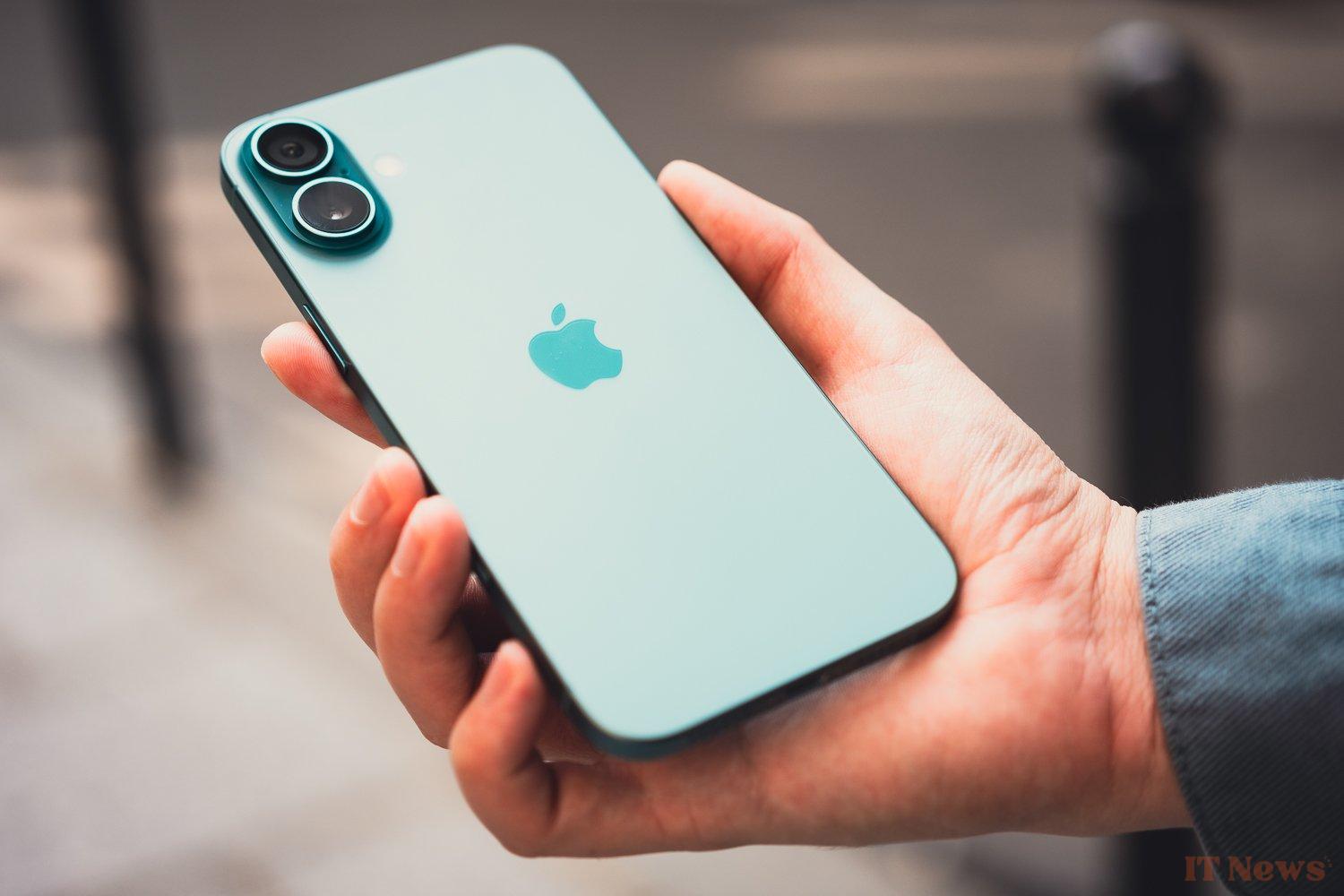
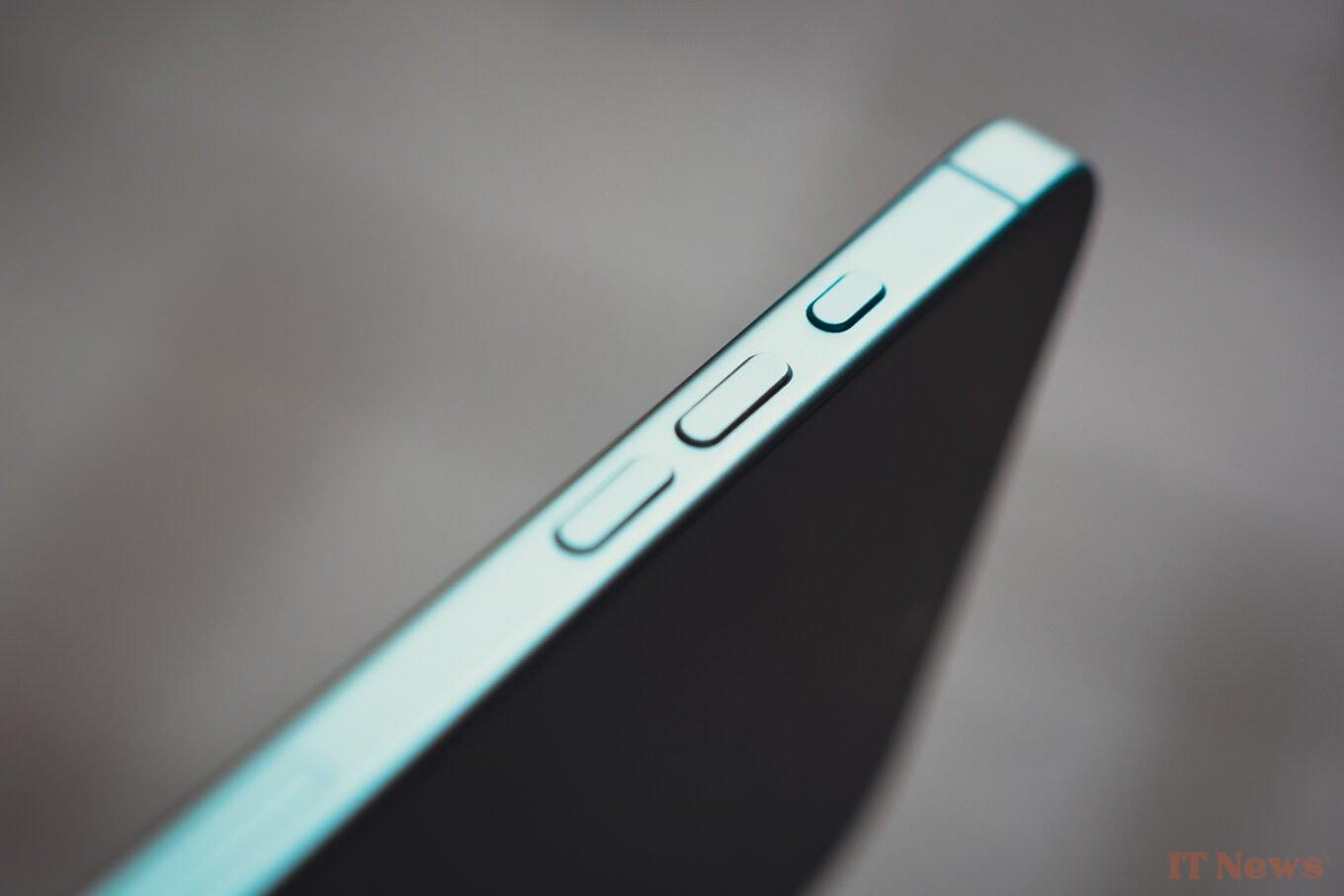
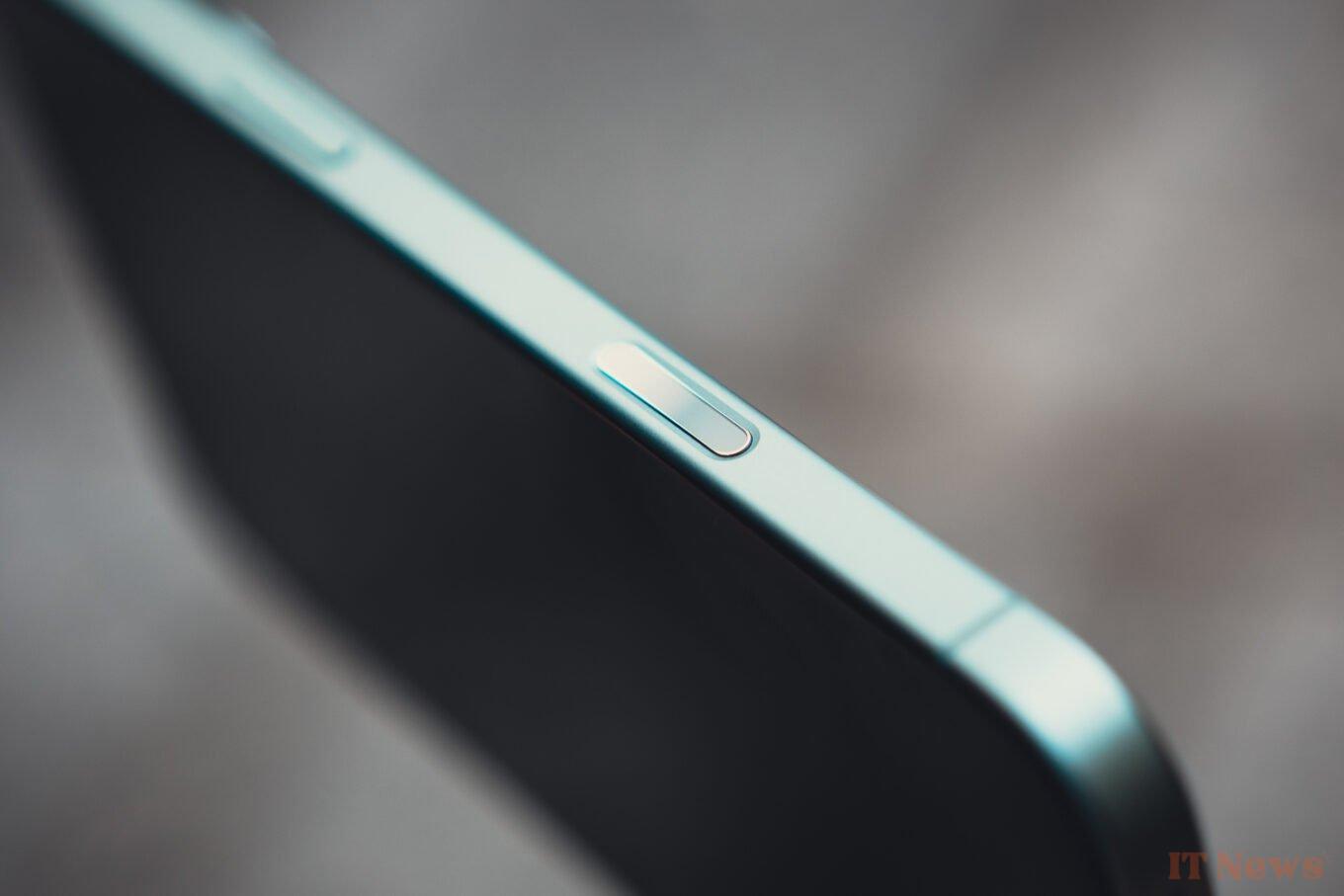
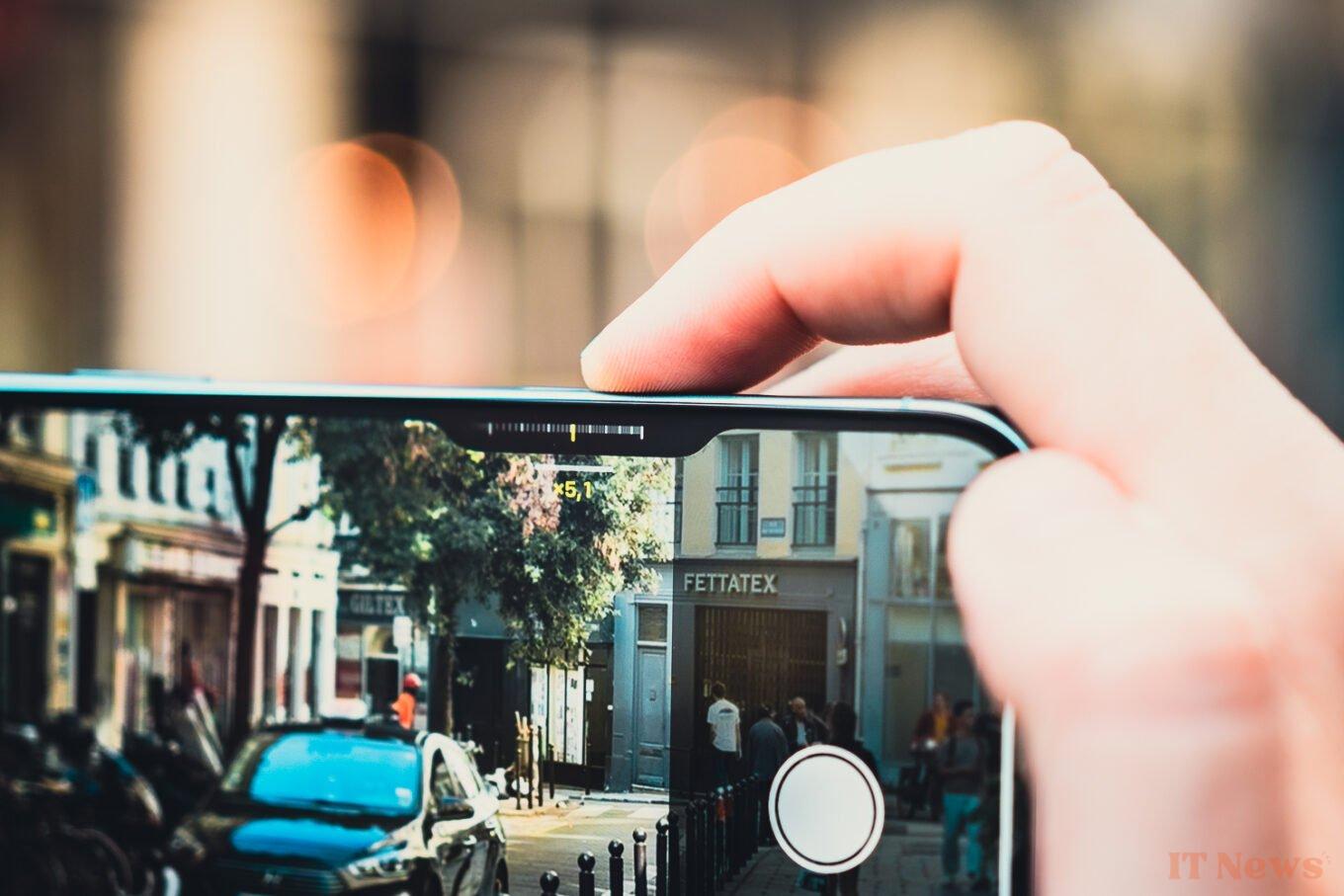
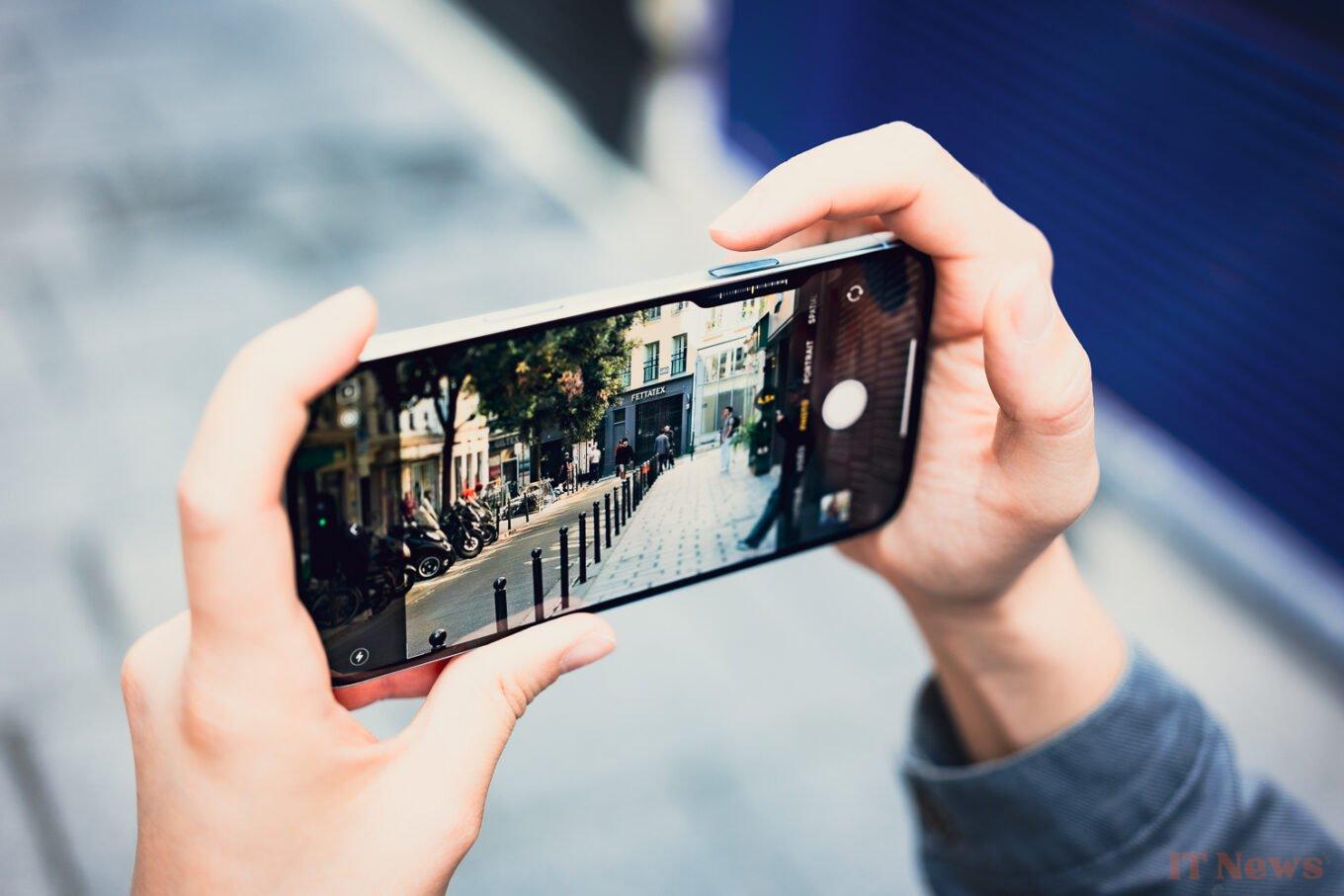
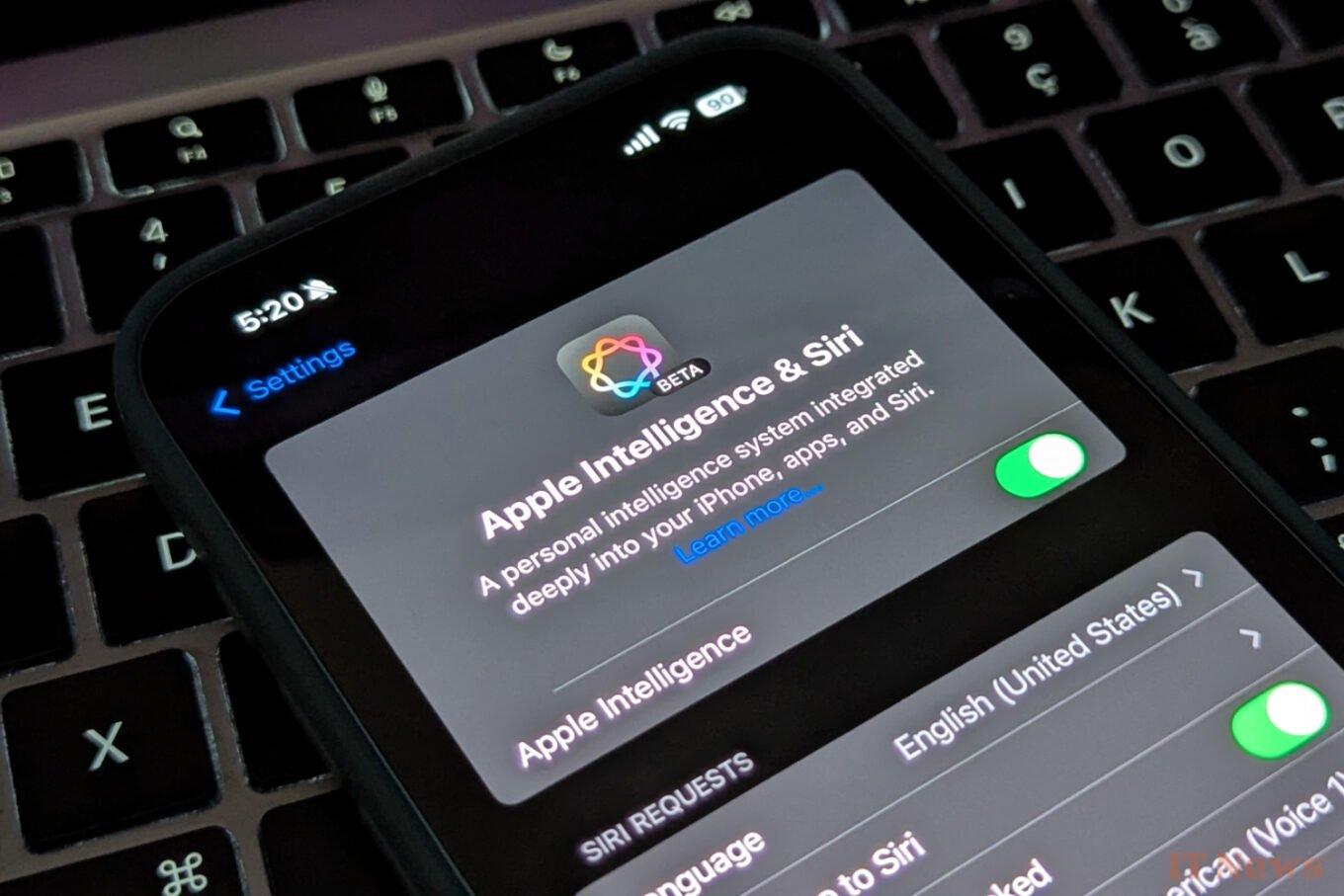
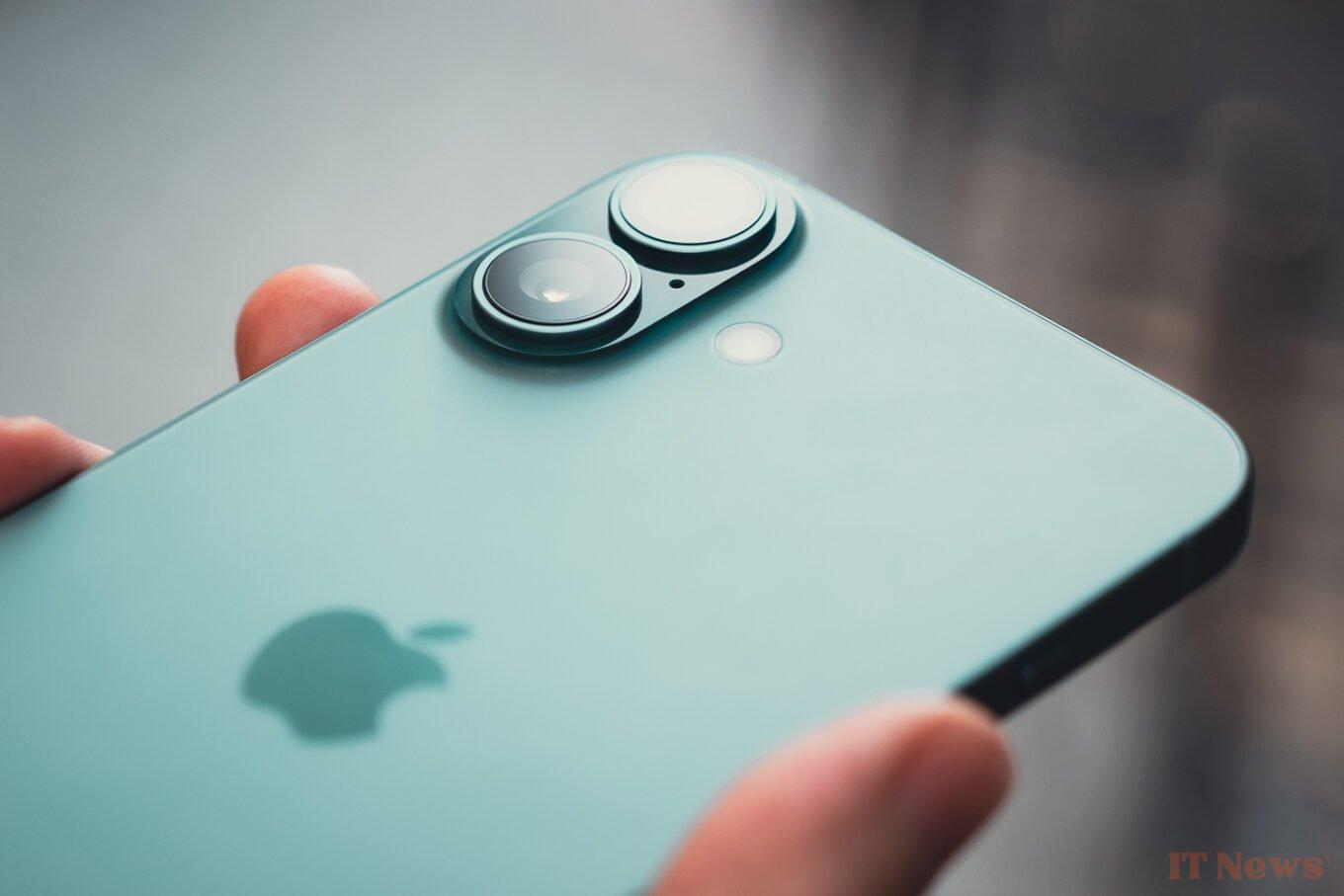

0 Comments